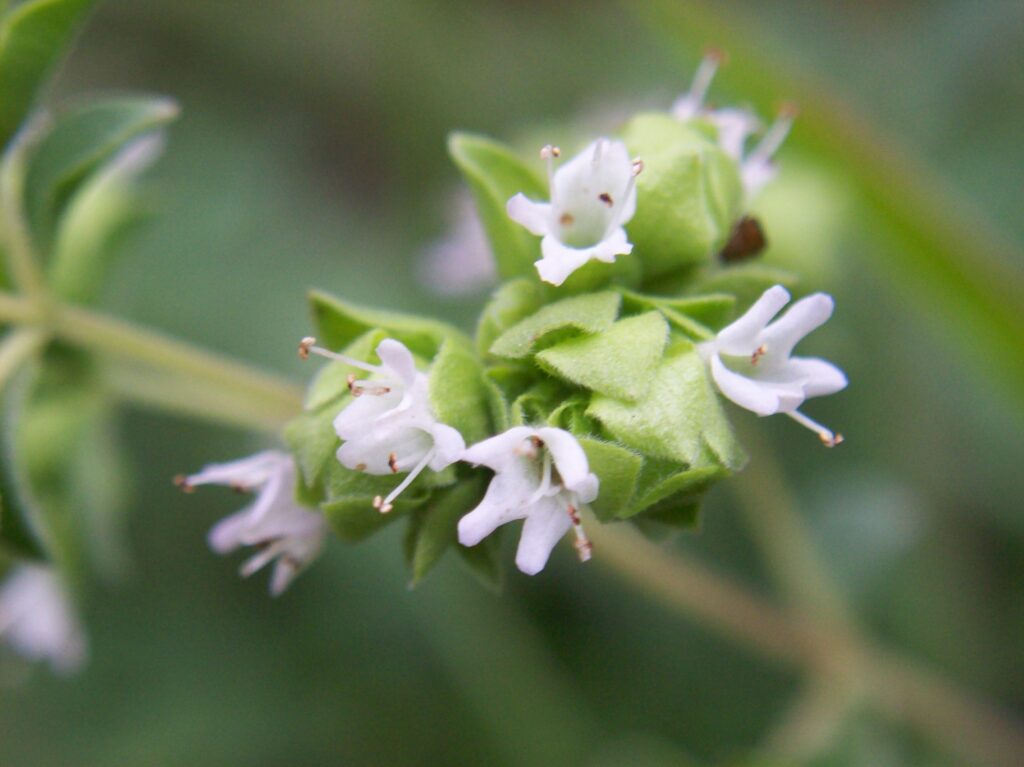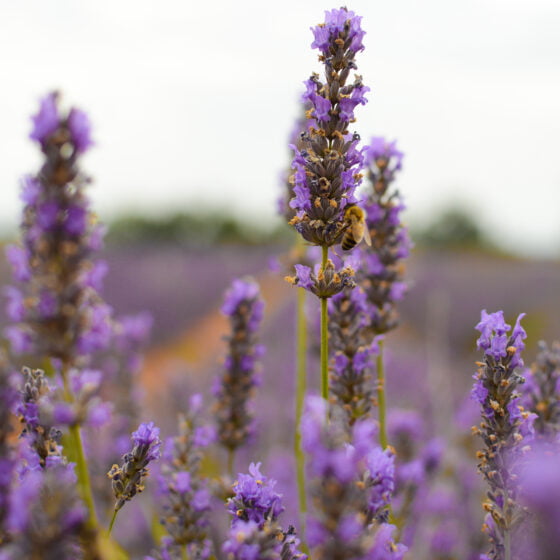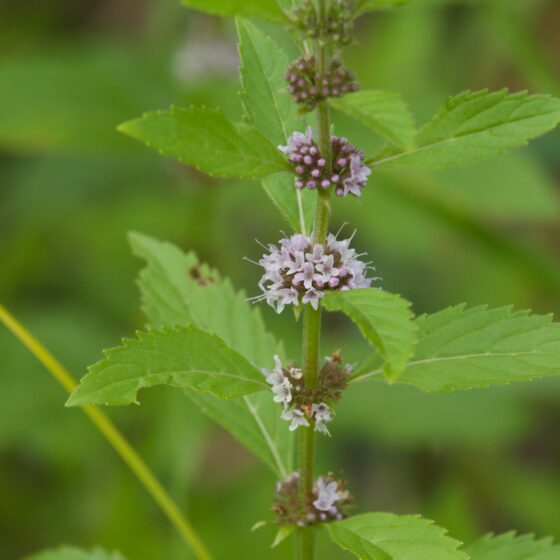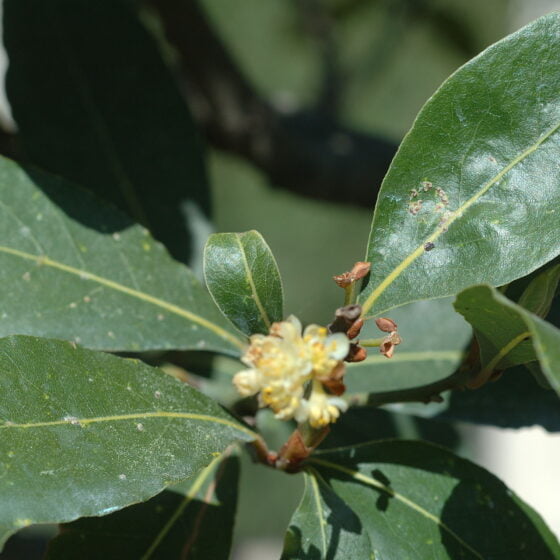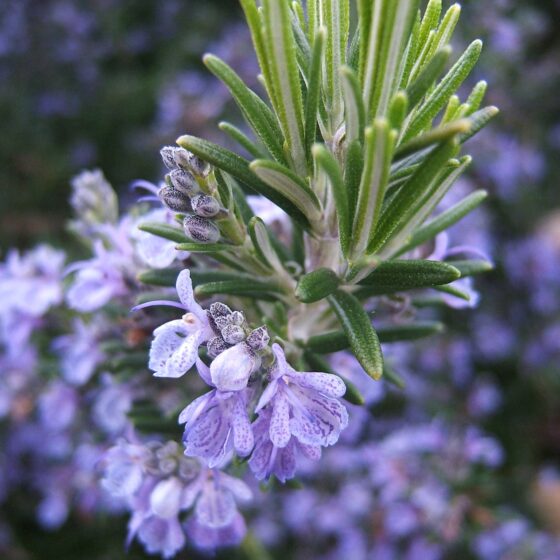
Marjoram Egypt
Origanum majorana
General data
Harvest Calendar
- J
- F
- M
- A
- M
- J
- J
- A
- S
- O
- N
- D
Product details Fragrance side
Fresh, citrusy and floral, Marjoram essential oil is reminiscent of the synthetic molecule of Dihymyrcenol. It can easily replace the latter in a 100% natural composition. The essential oil is then used in the heart of modern ferns, to accompany aromatic or citrus accords by bringing them freshness and florality.
Well-being side
Powerful anti-infectious, immunostimulant, balancing neurotonic, circulatory warming. Soothes and strengthens the mind, it reassures in case of doubts, stress and sterile ruminations.
*The aromatherapy properties in this document are excerpted from reference books, scientific articles, or specialized websites and are provided to customer for its information and internal use only. Claims on a finished product remain the responsibility of the company making the finished product available on the market. About
True marjoram is an annual aromatic plant that is part of the same family as mint and wild thyme. Though botanically closely related to oregano, marjoram differs as a species, having grayish-green leaves and shell-shaped bracts. Marjoram’s hairy stems bear small white flowers clustered into short spikes. Native to the eastern Mediterranean (Cyprus and Turkey), marjoram is chiefly cultivated in Egypt. It is also grown in Morocco, Tunisia, Spain, and France. The plant is reaped while flowering and then distilled fresh. Its aromatic essential oil has a delightfully fresh, herbaceous quality.
In ancient Egypt, marjoram was known as “the plant of Osiris.” It was an ingredient in ointments and was used for religious fumigations. It lends its name to the Sicilian city of Marjora and is featured in the city’s coat of arms. Marjoram was, in fact, one of the most popular herbs during the Middle Ages, a symbol of joy and prized for its fragrance. The ladies of medieval times used it to form fragrant bouquets and perfume their baths.
Fragrance side
Fresh, citrusy and floral, Marjoram essential oil is reminiscent of the synthetic molecule of Dihymyrcenol. It can easily replace the latter in a 100% natural composition. The essential oil is then used in the heart of modern ferns, to accompany aromatic or citrus accords by bringing them freshness and florality.
Well-being side
Powerful anti-infectious, immunostimulant, balancing neurotonic, circulatory warming. Soothes and strengthens the mind, it reassures in case of doubts, stress and sterile ruminations.
About
True marjoram is an annual aromatic plant that is part of the same family as mint and wild thyme. Though botanically closely related to oregano, marjoram differs as a species, having grayish-green leaves and shell-shaped bracts. Marjoram’s hairy stems bear small white flowers clustered into short spikes. Native to the eastern Mediterranean (Cyprus and Turkey), marjoram is chiefly cultivated in Egypt. It is also grown in Morocco, Tunisia, Spain, and France. The plant is reaped while flowering and then distilled fresh. Its aromatic essential oil has a delightfully fresh, herbaceous quality.
In ancient Egypt, marjoram was known as “the plant of Osiris.” It was an ingredient in ointments and was used for religious fumigations. It lends its name to the Sicilian city of Marjora and is featured in the city’s coat of arms. Marjoram was, in fact, one of the most popular herbs during the Middle Ages, a symbol of joy and prized for its fragrance. The ladies of medieval times used it to form fragrant bouquets and perfume their baths.
Other type of extracts
(Aromatic)
